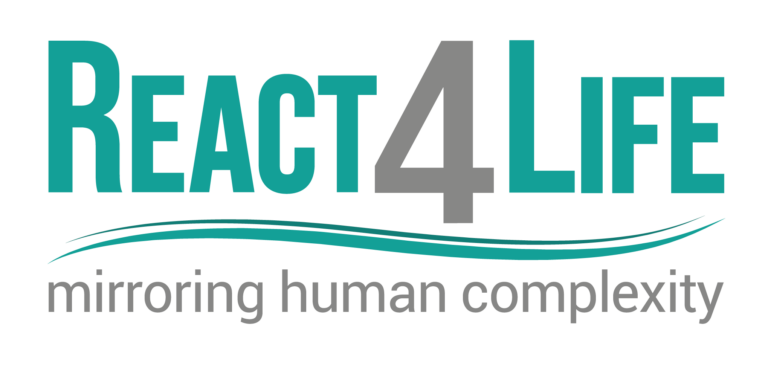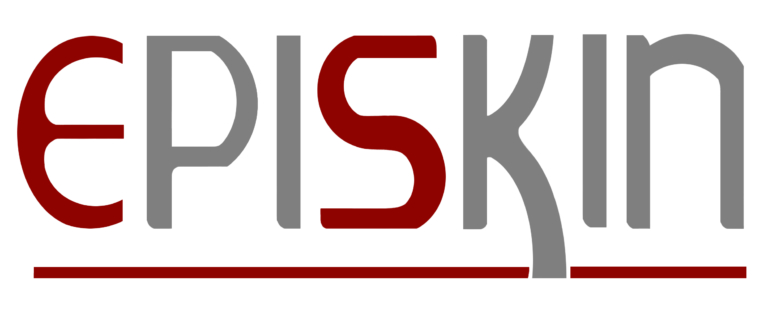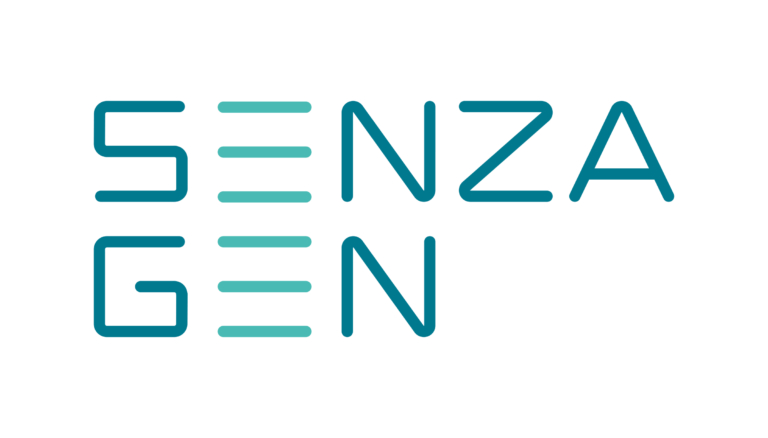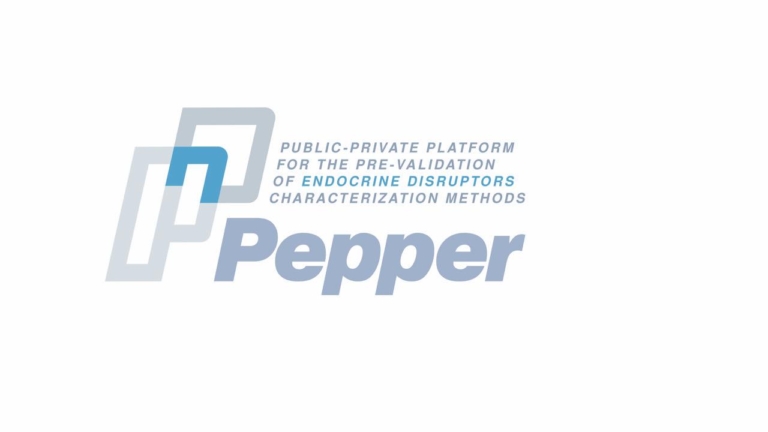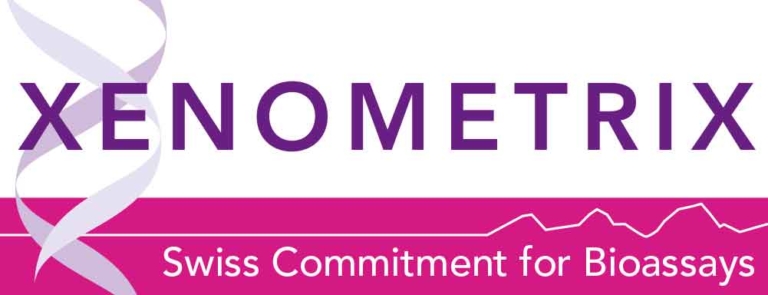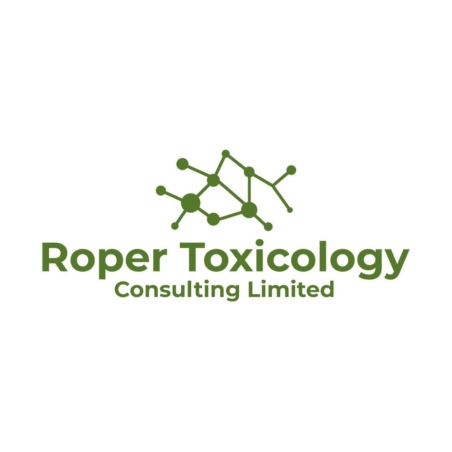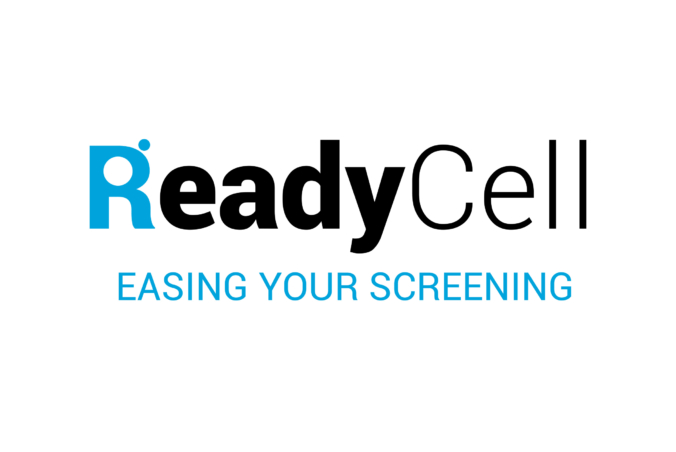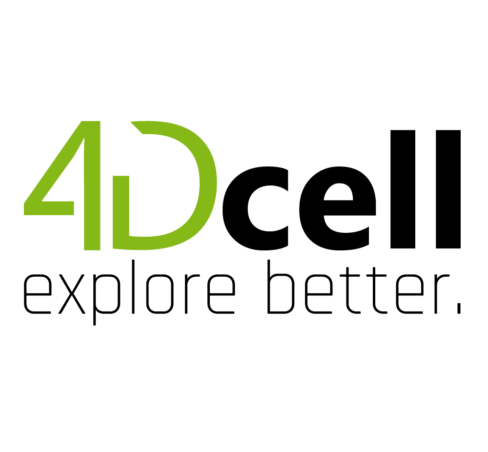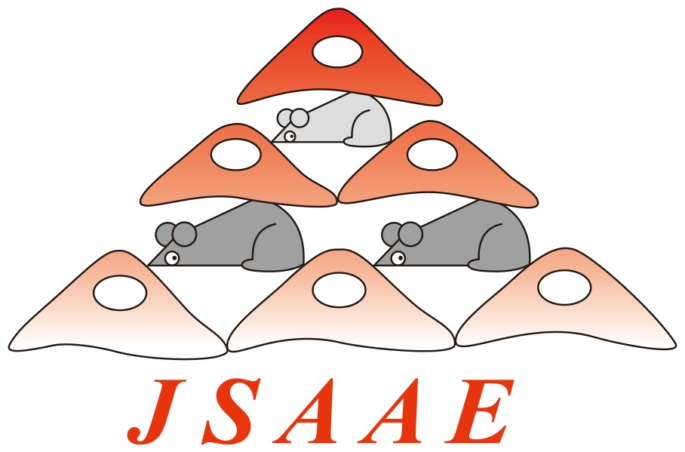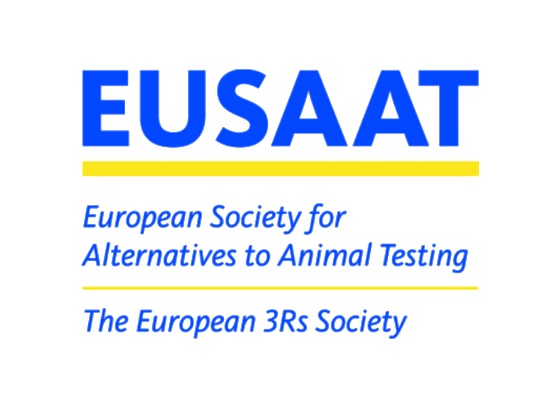We are pleased to announce that the Scientific Committee of the ESTIV2026 Congress has provisionally accepted 25 session proposals for the upcoming ESTIV 2026 Congress, which will take place in Maastricht, The Netherlands. With over 50 high-quality submissions received in the initial round, this marks an exciting milestone on the road to ESTIV’s flagship event.
The selected sessions reflect the congress theme of “Bridging Sectors, Disciplines, and Innovation in Toxicology”. The provisionally accepted sessions are listed below, the session submitters must ensure, that proposed speakers submit their abstracts for the talks indicated by July 1st. Abstract submission will start on 27 May 2025.
🙏 To all applicants: We sincerely thank everyone who submitted a session proposal. While not all proposals could be accepted, the overall quality and thought leadership evident in each submission were truly impressive. If your session was not selected, we warmly encourage you and your speakers to contribute through individual abstract submissions, poster presentations, and active participation in the congress. Your work and dedication continue to inspire and drive progress in our field.
Stay tuned as the next stages of the programme take shape. ESTIV 2026 will be a unique opportunity to showcase scientific excellence, build bridges across sectors, and explore the future of non-animal toxicology.
LIST OF SESSIONS
Note: Each of the sessions has already defined speakers and titles of the oral presentations. The submitters of the sessions must ensure, that high-quality scientific abstracts are submitted into the ESTIV Abstract system by the end of June 2025. Failing this condition may result in the exclusion of a session from the programme.
The exact form of the session (regular session, lunch session, workshop, round table), date and time allocation is a responsibility of the ESTIV programme committee. Abstracts of all oral presentations will undergo review by the scientific committee, to ensure that the quality and standards of ESTIV are met.
| Beyond Positive Results: Interpreting NAMs for Endocrine Disruptors |
| Replacing the use of animals in therapeutic monoclonal antibody drug approvals |
| We Know Many of the Barriers to Adoption of NAMs, but What are the Solutions? |
| Update to OECD Guidance Document 34 on the validation of methods and Defined Approaches |
| Complex chemical mixtures across the environment-food-human continuum |
| Advancing the Use of NAMs in Food Safety: Innovations, Challenges, and Future Directions |
| Emerging researchers of the ASPIS Academy, PARC Junior Community, and VICT3R ESR |
| International Standards as the Bridge to the Future of Safe Medical Devices |
| Evolution of an OECD Test Guideline and Application Beyond; Integrated NAMs for Skin Sensitisation Hazard and Point of Departure for Risk Assessment |
| Guidance for In Vitro Air-Liquid interface Inhalation Toxicity Assessment |
| From Research to Regulation: standardising innovative non-animal technologies |
| Development and Regulatory Acceptance of NAMs in Genetic Toxicology |
| Towards robust and reliable in vitro models for Developmental and Reproductive toxicology |
| The application and standardisation of in vitro inhalation toxicology methods for academia and industry |
| NAMs in Cardiac Safety |
| Ensuring Safety of Food Nanomaterials: Bridging Microbiota to Health with NAMs. |
| State of the art of in vitro DART assays: The bigger picture |
| AI-Powered Toxicity Screening: Enhancing In Vitro Models, 3Rs, and Regulatory Adoption. |
| Advances and Challenges in the Acceptance of High Throughput Transcriptomics for Risk Assessment |
| VHP4Safety: how to move towards next-generation safety assessment based on human data? |
| Systemic Effects Evaluation Using NAM Toolboxes: Key Lessons Learned from Real-World Cases |
| Multimodal Modeling of the Gut Compartment – NAMs for Food Safety |
| Parameterization of Physiologically-based Pharmacokinetics (PBPK) Modelling for NGRA: Designed to be Protective |
 The ESTIV Members Area
The ESTIV Members Area